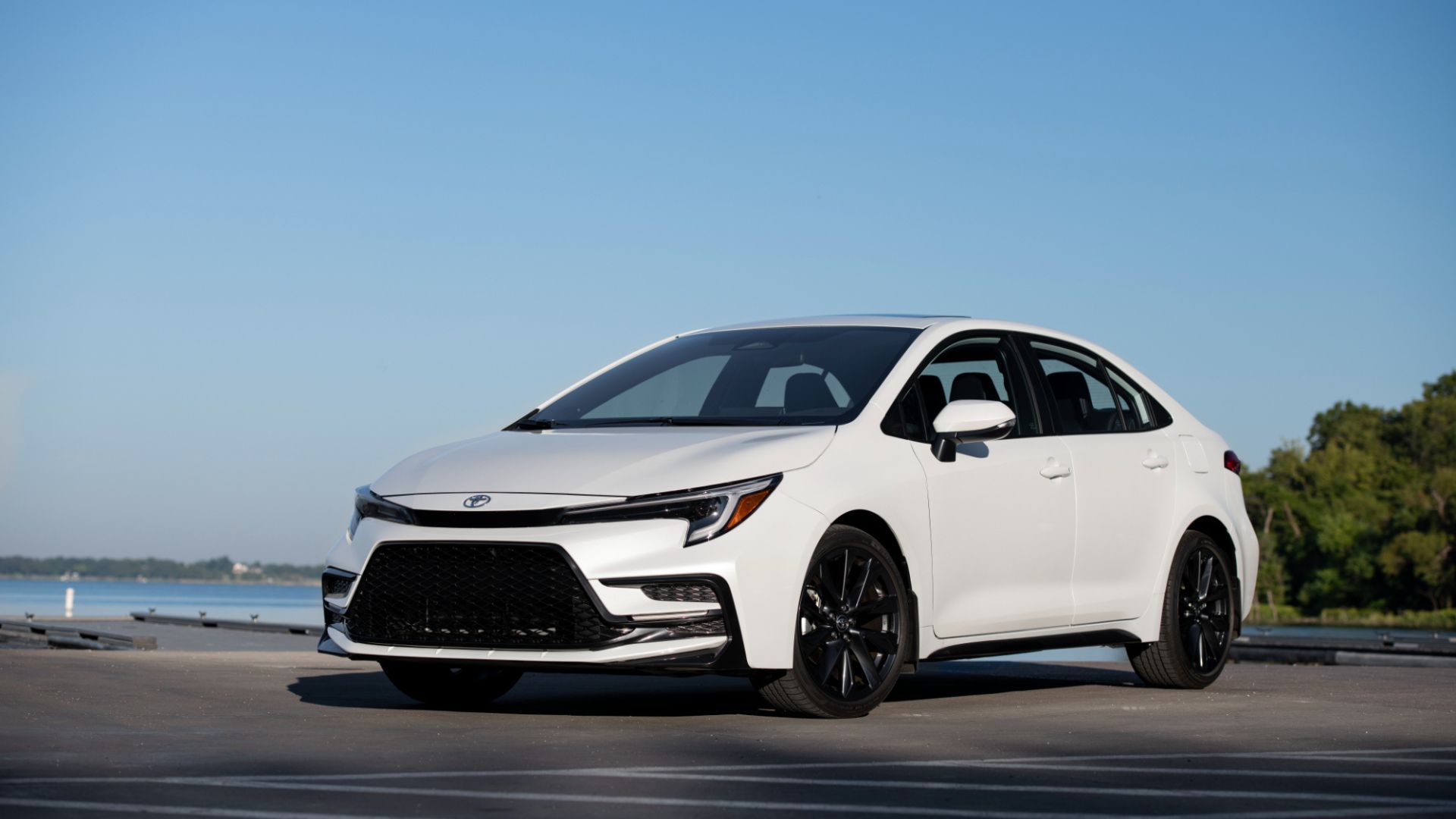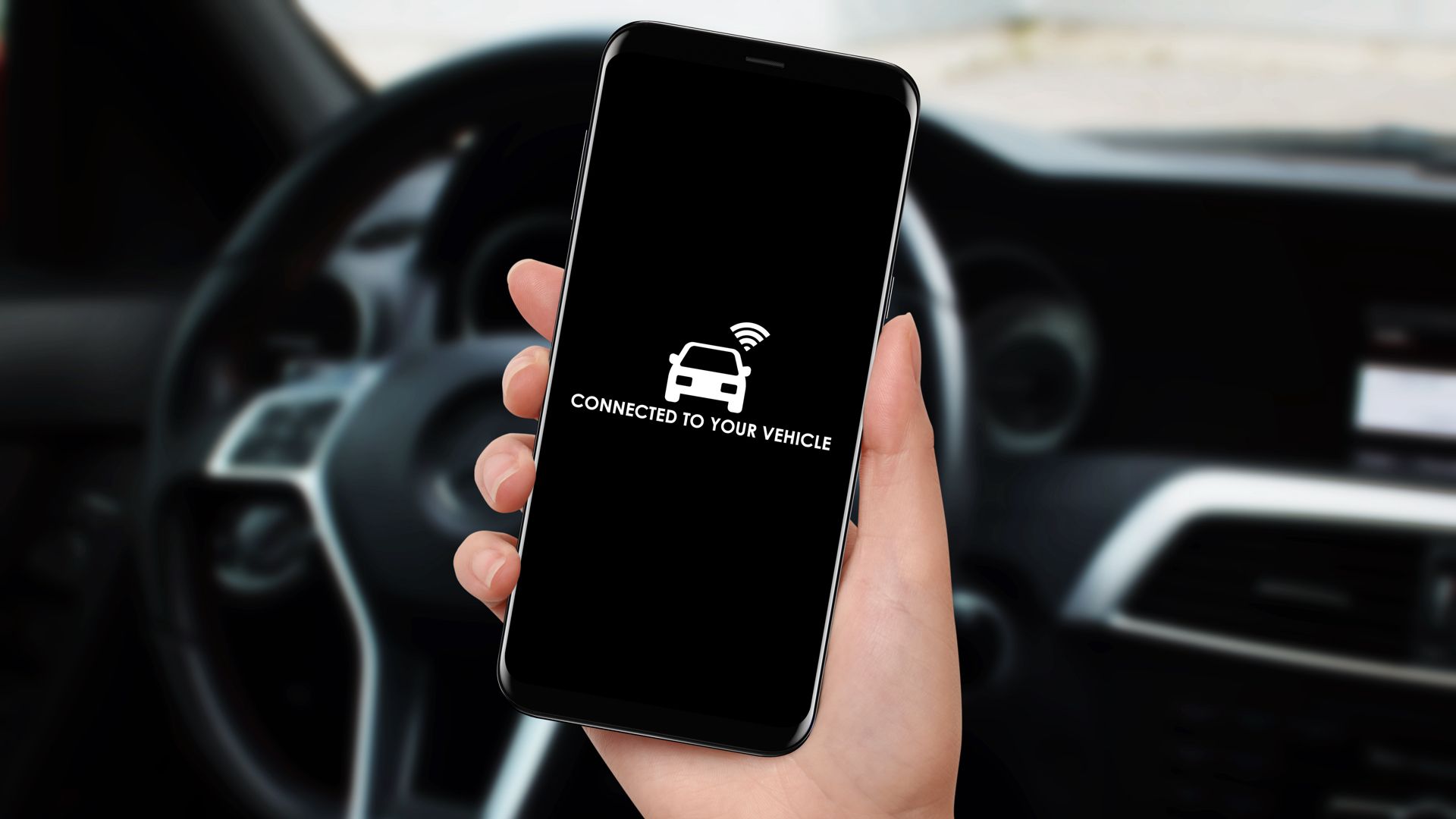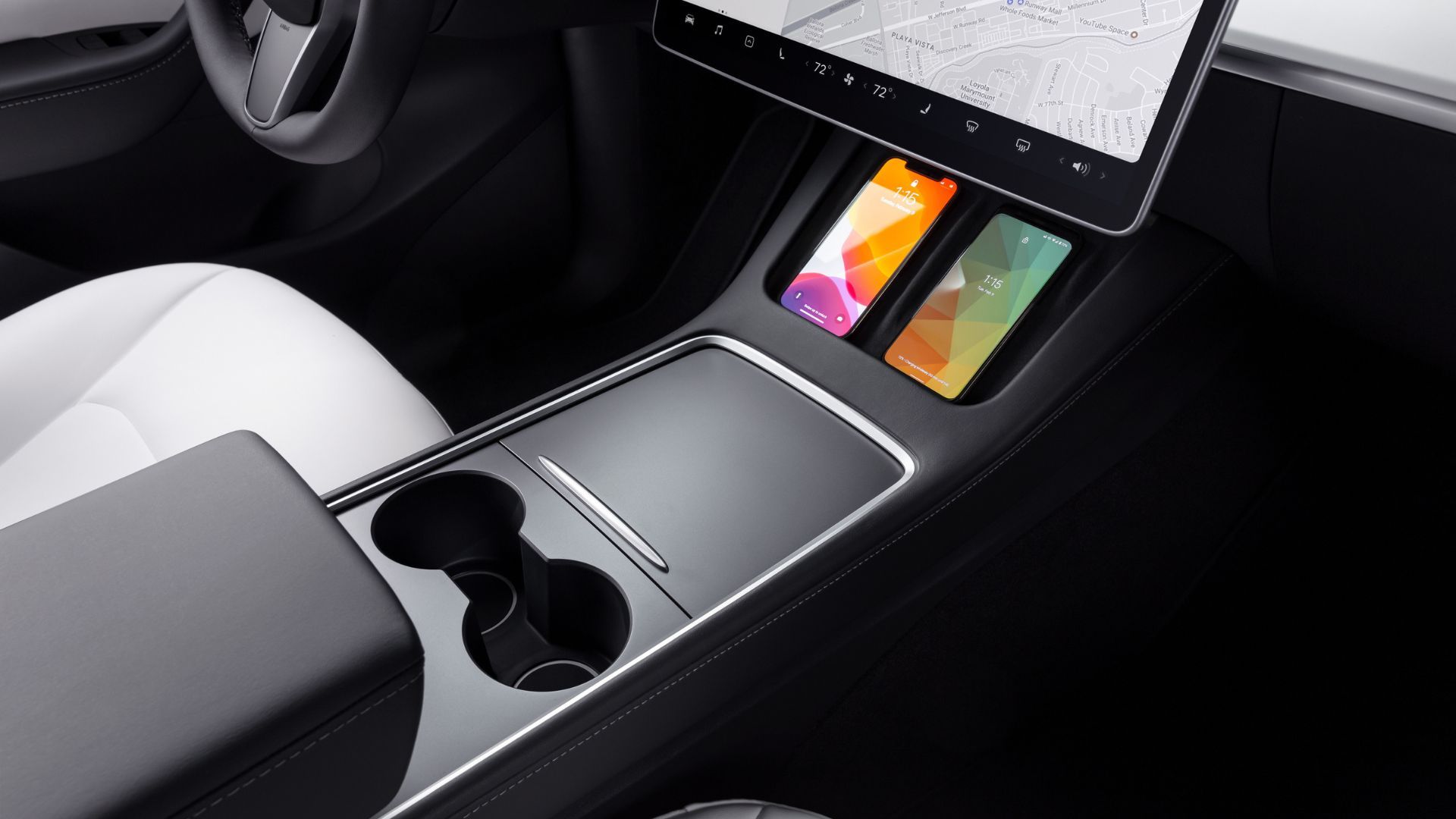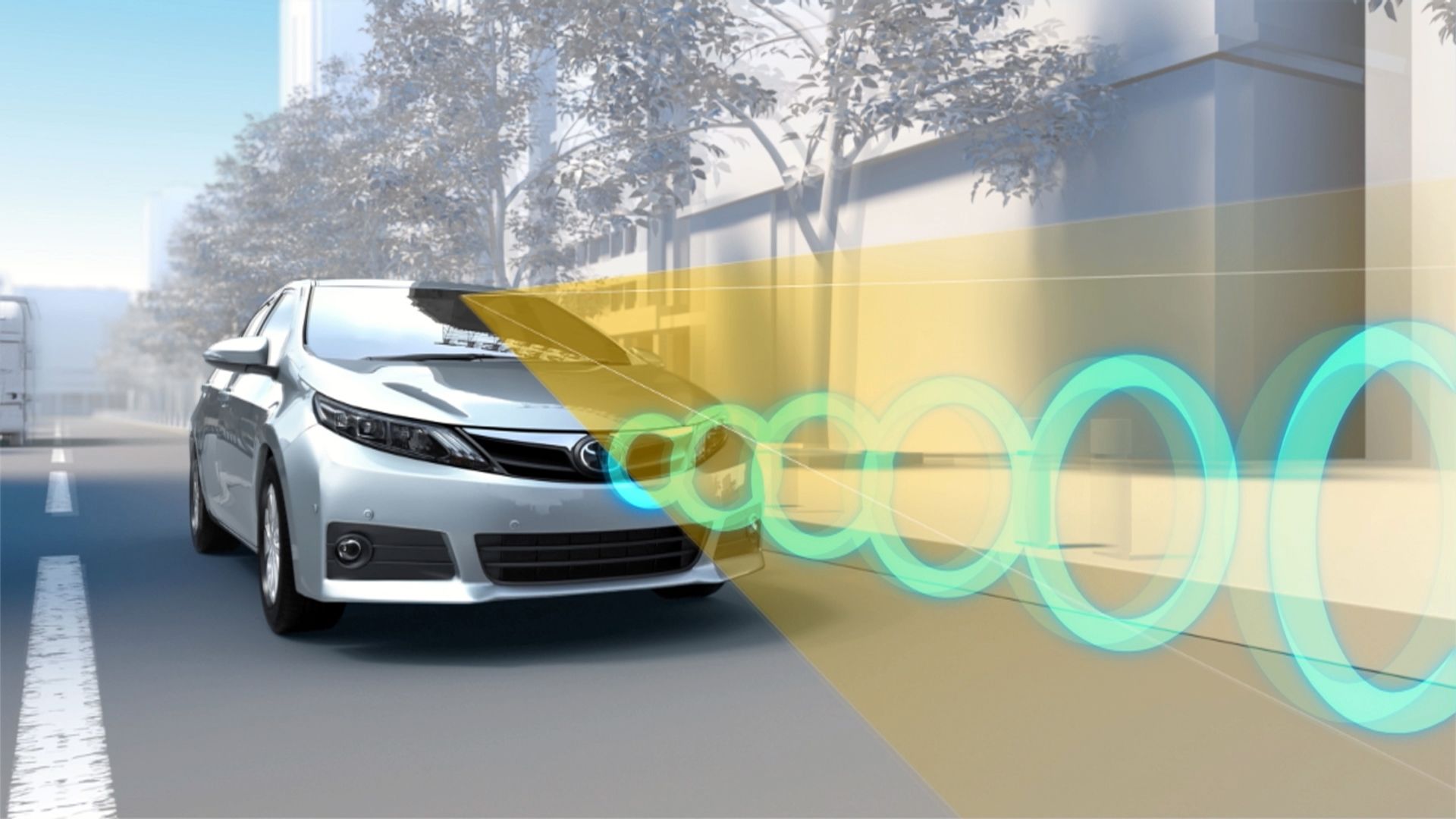Whether you like it or not, technology plays a massive role in the automotive world. As time has gone on, though, features that used to be reserved for top luxury models have begun trickling down into the mainstream. This has made cheap cars feel more luxurious than ever before.
In the last ten years, technology in the automotive landscape has evolved rapidly. Things have been constantly changing and evolving and this has meant that automakers have had to adapt quickly. What this has resulted in is affordable cars that have advanced tech features that were near inconceivable not that long ago.
Taking a look at some of the most impactful technology in cars, we explore how technological innovations have helped make budget-oriented models feel much more premium than they used to. From infotainment systems and touchscreens to automated driving, budget models are more impressive than they have been in a long time.
In order to give you the most up-to-date and accurate information possible, the data used to compile this article was sourced from various manufacturer websites and other authoritative sources, including TopSpeed.
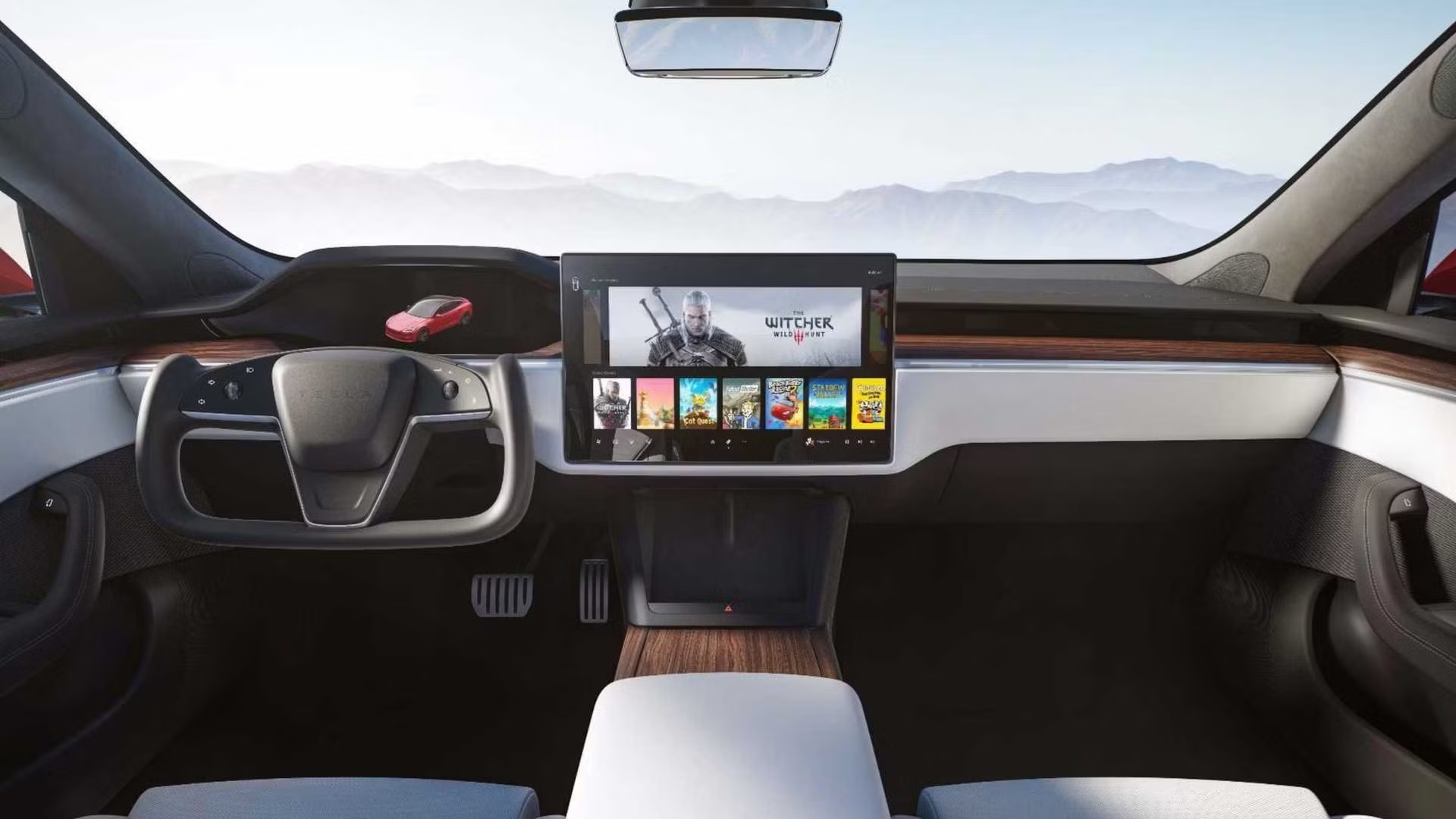
Related
10 Automotive Tech Trends That Are Due For Retirement
Some automotive tech features have overstayed their welcome. Here are 10 outdated trends that need to go as the industry moves forward.
Technology in Cheap Cars Has Gotten Infinitely Better
The automotive world has come a long way and cheap cars don’t feel as cheap as they used to in a lot of ways. While a big part of this can be attributed to better manufacturing practices, one of the most impactful things in making affordable vehicles feel more premium is technology.
Time Has Changed The Game
At some point in recent history, it felt like there was a shift in the way that we look at cars. The way they drive and the way they were put together used to be the most important factor by far. However, as we entered the connected age, tech features began becoming more and more important.
When innovations first occur, they are incredibly expensive and the technology is often reserved for more premium vehicles. Things that we take for granted nowadays, such as touchscreens and Bluetooth, used to be reserved for the most expensive models on the market. As time has gone on, though, tech has become much cheaper to produce, meaning that affordable cars now come loaded with features we would have only dreamed about in the past.
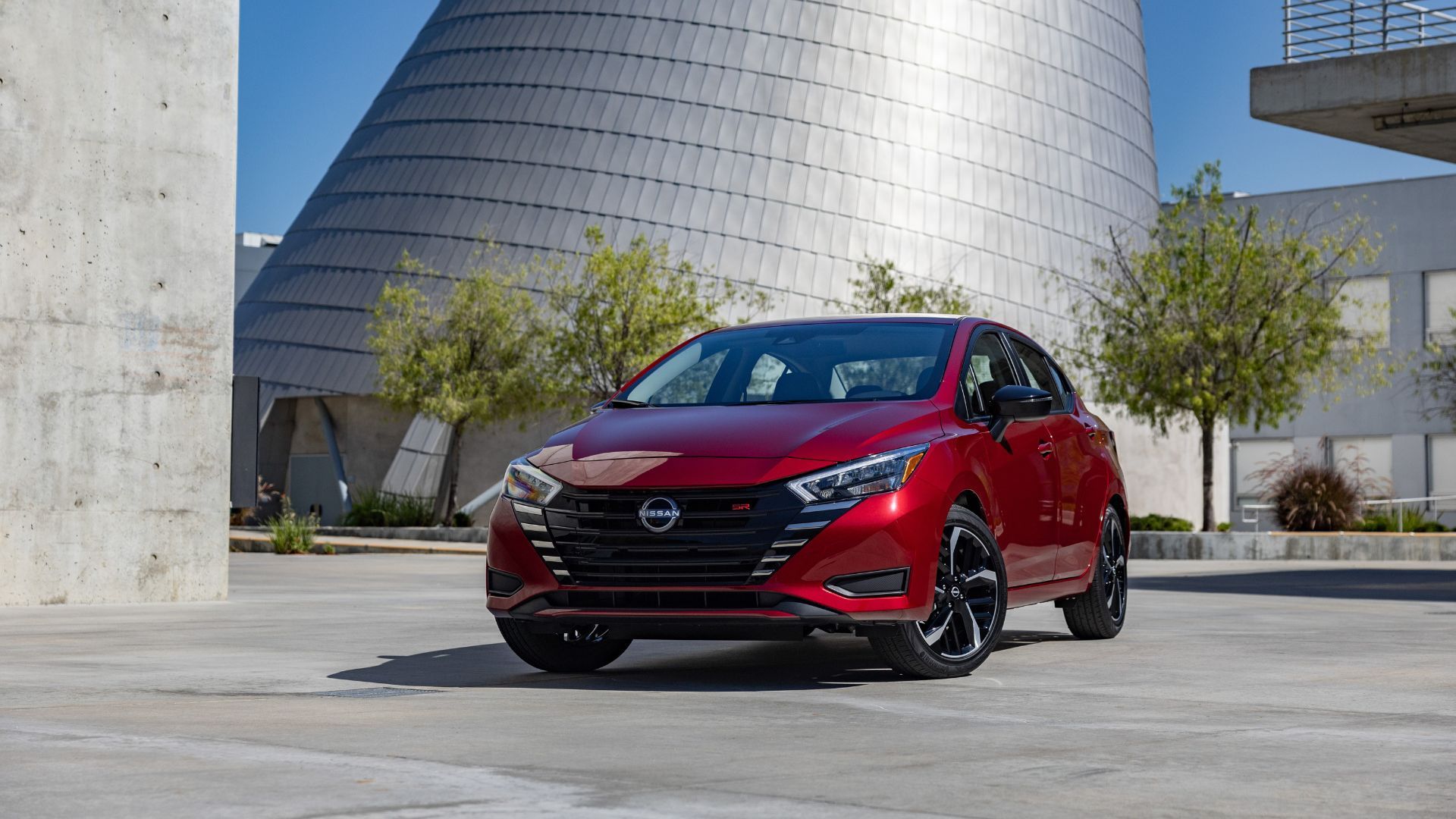
Related
Here Are 10 of the Cheapest New Cars You Can Buy Right Now in The U.S.
If you’re looking for a budget-friendly ride, here are 10 new cars that deliver style, value, and practicality without breaking the bank.
Touchscreens and Connectivity Rule The Industry
In today’s world, technology that you only used to find in luxury vehicles is now standard practice. Not too long ago, having a touchscreen in your car was considered impressive. Now, to release a new car without a touchscreen would be considered absurd and downright backwards.
The Rise of Touchscreens
It’s hard to believe, but the first touchscreen in a car debuted in 1986 in the Buick Riviera. For years after that, automakers reserved this technology for luxurious range-topping models. Even having a display in your car during this time was considered otherworldly. Things have changed, though.
Touchscreens have become standard practice in the industry. Even they are developing at an absurdly quick pace, though. We’ve gone from small screens mounted in the center of your car that would be mainly used for navigation, to massive screens that take up the entire dashboard. This tech quickly moved from luxury to mainstream and now even the most affordable models have massive screens. A perfect example of this are the models shown below, which are affordable compact cars with fully digital dashboards.
|
Model |
Starting MSRP |
Infotainment Screen |
Gauge Display |
|---|---|---|---|
|
2025 Hyundai Elantra |
$22,125 |
10.3 Inches |
10.3 Inches |
|
2025 Kia K4 |
$21,990 |
12.3 Inches |
12.3 Inches |
Common Connectivity Features
- Apple CarPlay/Android Auto
- Voice Control
- USB-C Ports
- Wireless Charging Pads
The world is more connected than ever before, with our smartphones becoming an integral part of our everyday lives. This is why automakers have integrated so many connectivity features into vehicles. This tech seemed to pop out of nowhere, making its way to the mainstream market incredibly quickly.
For ages, we relied on Bluetooth as the main method of connecting our phones to our cars, even in high-end vehicles. Now, though, vehicles without integrated connectivity software, like Apple CarPlay and Android Auto, are incredibly rare. We’ve even gotten to a point where automakers are developing their own systems.
Comfort Features Have Trickled Down Into The Mainstream
One of the defining features of any luxury car is how comfortable it is. For as long as there have been luxury cars, they have used the most cutting-edge technology to make their cabins plush. The trickle down of this technology into mainstream vehicles has helped them compete with much more expensive vehicles.
Key Comfort Features
- Automatic Climate Control
- Heated and Ventilated Seats
- Power-Adjustable Seating
- Keyless Entry
- Ambient Lighting
Temperature control is one of the most impactful features in a car, helping to make the cabin more pleasant. On the current market, things like automatic climate control have become pretty standard, with some budget models coming with multi-zone climate control as well. This paired with heated seats and heated steering wheels, means that mainstream cars can be much more comfortable than you’d expect.
Convenience features have also become much more widely available. For instance, manually adjustable seats are quickly becoming outdated, with modern affordable vehicles all having power-adjustable seating instead. Many other things that help to make the cabin feel more pleasant have trickled down as well, such as ambient lighting and acoustic windows.
Smoother Rides
Technology has also made the actual ride quality of vehicles better over the years. For one, drive mode selectors have become fairly standard, even in budget models. These modes can alter throttle response, steering feel, and transmission behavior to switch between comfort and sporty dynamics.
While not yet widely adopted, adaptive suspension systems are also beginning to permeate the mainstream market. Cars like the Volkswagen Jetta, Mazda 3, Hyundai Elantra, and Subaru WRX have adopted adaptive suspension systems which aim to deliver sharper handling and smoother ride quality.
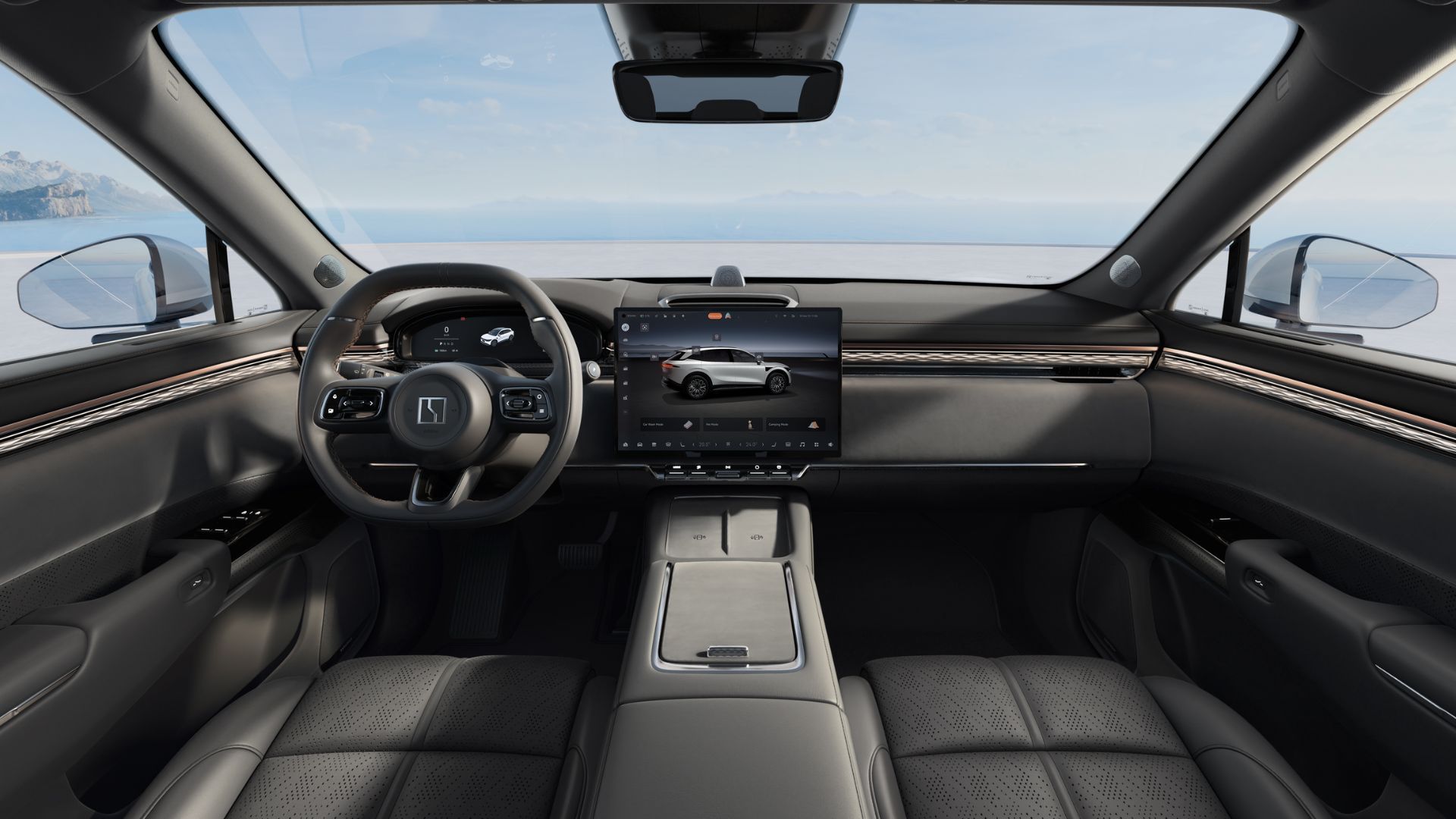
Related
These Are the High-Tech Chinese EVs the U.S. Is Missing Out On
China is producing some truly impressive EVs that, for now, won’t be making their way to the U.S. market.
Safety and Driver Assist Features Are Becoming Super Advanced
Toyota Safety Sense 3.0
The next big technological revolution in the automotive world is definitely occurring in the realms of driver assists. There is a push for vehicles to become more automated and more heavily influenced by AI systems. This technology has made commuting much less taxing and allowed even budget-oriented buyers to have access to a more relaxing drive.
Safety Features
Advanced safety features used to be reserved for premium vehicles, with any kind of system that controlled the vehicle for you to any degree being too expensive for the mainstream. However, to be competitive in 2025 even affordable cars have to come with comprehensive safety suites.
From simple things like antilock braking to more advanced features like electronic stability control, budget vehicles come with some pretty impressive safety tech right now. Automakers have created packages that, for the most part, are available on their entire lineup, meaning there is no reason to buy an expensive model if these features are what you’re after. Below are examples of some of these suites.
- Toyota Safety Sense 3.0
- Honda Sensing
- Nissan Safety Shield 360
- Ford Co-Pilot360
- Hyundai SmartSense
Driver Assist Features
The above suites usually don’t only offer traditional safety features. A lot of them also include modern driver assists, which aim to make sitting behind the wheel a less taxing task by taking some of the pressure off. This usually includes a vast array of sensors which give you feedback on many different things while you’re driving and intervening when necessary.
One such feature is automated emergency braking, which was a revolutionary invention not that long ago. Now it is pretty standard on just about every vehicle on the market. Things like lane-keep assist, traffic sign recognition, and adaptive cruise control take things a step further, allowing the car to regulate speed and steering so that you don’t have to, making even the most affordable car feel pretty advanced.


